A Three-Dimensional Body Force Modeling of Fans in Windmilling Condition and Its Application
Abstract
:1. Introduction
2. Body Force Modeling of Fan under Windmilling Conditions
2.1. Three-Dimensional Body Force Modeling of Fan
2.2. Rotational Speed Prediction Model of Fan Spool
2.3. Numerical Simulation Method Based on the Body Force Model of Windmilling Condition
3. Implementation and Verification of the Body Force Model
3.1. Data Extraction
3.2. Numerical Simulation of Fan Windmilling Condition
4. Numerical Simulation of Fan Windmilling Condition under Inlet Distortion
5. Conclusions
- (1)
- A new body force model coupled with a fan spool rotational speed prediction model was developed, which is suitable for the investigation fan under windmilling conditions. The fan rotational speed prediction model was built based on the balance of fan output torque and resistance torque. The rotational speed of the fan spool can be iteratively solved simultaneously with solving the governing equations without requiring other inputs.
- (2)
- Numerical simulations of the fan under different circumferential total pressure distortion inflow conditions were conducted using the body force model. Since the working patterns are not alike at different spans, the stretching and compression effects of the longitudinal vortex in the two regions are opposite, resulting in strong circumferential and radial pressure gradients at the junction between the distortion-affected zone and the non-distortion-affected zone, introducing additional mixing losses. It is a unique flow phenomenon that is different from the flow state at both design and non-design points when the fan is operating normally.
- (3)
- As the angle of the circumferential total pressure distortion zone increases, the expansion of the distortion sector weakens the mixing effect at the junction of the distortion-affected area and the non-distortion-affected area. The air mass flow rate and the rotational speed of the fan spool decrease. When the angle of the distorted sector increases from 60° to 150°, the windmill speed decreases by 5%, and the air mass flow rate decreases by 4.4%.
Author Contributions
Funding
Data Availability Statement
Conflicts of Interest
Nomenclature
| A | coefficient of aerodynamic resistance torque related to type of fan |
| b | blockage factor |
| vector of viscous body force | |
| vector of inviscid body force | |
| H | total enthalpy |
| K | number of blades |
| m | meridional coordinate |
| mass flow rate | |
| M | aerodynamic resistance torque of fan rotor |
| Ma | Mach number |
| n | rotational speed of spool |
| N | torque |
| r, θ, x | cylindrical coordinates |
| s | entropy |
| vector of source term | |
| T | temperature |
| vector of velocity in absolute coordinate system | |
| vector of velocity in relative coordinate system | |
| X | moment of inertia of the fan spool |
| α | absolute swirl angle |
| κ | correction factor |
| λ | meridional flow angle |
| density | |
| vector of body force | |
| Subscripts | |
| 0 | source term of conservative equation |
| cor | corrected value |
| m | meridional direction |
| out | torque output of fan blade |
| obj | torque to maintain target rotational speed |
| pre | pressure side of blade |
| ref | reference value |
| r, θ, x | radial, circumferential, and axial direction |
| s | factor of entropy increase |
| suc | suction side of blade |
| t | factor of velocity circulation variation |
References
- Prasad, D.; Lord, W.K. Internal losses and flow behavior of a turbofan stage at windmill. J. Turbomach. 2010, 132, 031007. [Google Scholar] [CrossRef]
- Zachos, P.K. Modelling and analysis of turbofan engines under windmilling conditions. J. Propuls. Power 2013, 29, 882–890. [Google Scholar] [CrossRef]
- Gunn, E.J.; Hall, C.A. Loss and deviation in windmilling fans. J. Turbomach. 2016, 138, 101002. [Google Scholar] [CrossRef]
- Prasad, D. Aerodynamic Similarity Principles and Scaling Laws for Windmilling Fans. J. Turbomach. 2018, 140, 121004. [Google Scholar] [CrossRef]
- Dufour, G.; Carbonneau, X.; Rosa, N.G. Nonlinear harmonic simulations of the unsteady aerodynamics of a fan stage section at windmill. In Proceedings of the ASME Turbo Expo 2013: Turbine Technical Conference and Exposition, San Antonio, TX, USA, 3–7 June 2013. [Google Scholar] [CrossRef]
- Ortolan, A.; Courty-Audren, S.K.; Binder, N.; Carbonneau, X.; Bousquet, Y.; Challas, F. Assessment of steady and unsteady full annulus simulations predictivity for a low-speed axial fan at load-controlled windmill. Int. J. Rotating Mach. 2018, 2018, 7572631. [Google Scholar] [CrossRef]
- Dufour, G.; Rosa, N.G.; Duplaa, S. Validation and flow structure analysis in a turbofan stage at windmill. Proc. Inst. Mech. Eng. Part A J. Power Energy 2015, 229, 571–583. [Google Scholar] [CrossRef]
- Inada, T.; Sekino, R.; Fujisawa, N.; Ohta, Y. Effects of tip clearance on internal flow and loss generation mechanism in an axial compressor at windmilling conditions. In Proceedings of the ASME 2022 Fluids Engineering Division Summer Meeting, Toronto, ON, Canada, 3–5 August 2022. [Google Scholar] [CrossRef]
- Perry, A.T.; Ansell, P.J.; Kerho, M.F. Aero-Propulsive and Propulsor Cross-Coupling Effects on a Distributed Propulsion System. J. Aircr. 2018, 55, 2414–2426. [Google Scholar] [CrossRef]
- Zhao, X.; Van Hoorn, P.; Yao, H.-D.; Alderman, J. Parameter Sensitivity Study on Inflow Distortion of Boundary Layer Ingested Turbofans. Aerospace 2022, 9, 426. [Google Scholar] [CrossRef]
- Menegozzo, L.; Benini, E. Boundary Layer Ingestion Propulsion: A Review on Numerical Modelling. J. Eng. Gas Turbines Power 2020, 142, 120801. [Google Scholar] [CrossRef]
- Rosa Taddei, S.; Larocca, F. An actuator disk model of incidence and deviation for rans-based throughflow analysis. J. Turbomach. 2014, 136, 021001. [Google Scholar] [CrossRef]
- Wiart, L.; Atinault, O.; Boniface, J.-C.; Barrier, R. Aeropropulsive performance analysis of the NOVA configurations. In Proceedings of the 30th Congress of the International Council of the Aeronautical Sciences, DCC, Daejeon, Republic of Korea, 25–30 September 2016. [Google Scholar]
- Gong, Y.; Tan, C.S.; Gordon, K.A.; Greitzer, E.M. A Computational model for short wavelength stall inception and development in multi-stage compressors. J. Turbomach. 1999, 121, 726–734. [Google Scholar] [CrossRef]
- Defoe, J.; Narkaj, A.; Spakovszky, Z. A body-force based methodology for predicting multiple-pure-tone noise: Validation. In Proceedings of the 16th AIAA/CEAS Aeroacoustics Conference, Stockholm, Sweden, 7–9 June 2010. [Google Scholar] [CrossRef]
- Kim, H.J.; Liou, M.-S. Flow simulation of N3X hybrid wing body configuration. In Proceedings of the 51st AIAA Aerospace Sciences Meeting including the New Horizons Forum and Aerospace Exposition, Grapevine, TX, USA, 7–10 January 2013. [Google Scholar] [CrossRef]
- Xu, L.; Hynes, T.P.; Denton, J.D. Towards long length scale unsteady modelling in turbomachines. Proc. Inst. Mech. Eng. Part A J. Power Energy 2003, 217, 75–82. [Google Scholar] [CrossRef]
- Hall, D.K.; Greitzer, E.M.; Tan, C.S. Analysis of fan stage conceptual design attributes for boundary layer ingestion. J. Turbomach. 2017, 139, 071012. [Google Scholar] [CrossRef]
- Pazireh, S.; Defoe, J. A New Loss Generation Body Force Model for Fan/Compressor Blade Rows: Application to Uniform and Non-Uniform Inflow in Rotor 67. J. Turbomach. 2022, 144, 061005. [Google Scholar] [CrossRef]
- Hill, D.J.; Defoe, J.J. Innovations in body force modeling of transonic compressor blade rows. Int. J. Rotating Mach. 2018, 2018, 6398501. [Google Scholar] [CrossRef]
- Godard, B.; De Jaeghere, E.; Gourdain, N. Efficient design investigation of a turbofan in distorted inlet conditions. In Proceedings of the ASME Turbo Expo 2019, Phoenix, AZ, USA, 17–21 June 2019. [Google Scholar] [CrossRef]
- Vega, L.; Dufour, G.; Rosa, N.G. A fully coupled body force-engine performance methodology for boundary layer ingestion. In Proceedings of the AIAA Propulsion and Energy 2019 Forum, Indianapolis, IN, USA, 19–22 August 2019. [Google Scholar] [CrossRef]
- Chima, R.V. A three-dimensional unsteady CFD model of compressor stability. In Proceedings of the ASME Turbo Expo 2006, Barcelona, Spain, 8–11 May 2006. [Google Scholar] [CrossRef]
- An, Y.; Liu, H. Numerical simulation of compressor with inlet distortion. Acta Aeronaut. Et Astronaut. Sin. 2012, 33, 1624–1632. [Google Scholar]
- Dufour, G.; Thollet, W. Body force modeling of the aerodynamics of the fan of a turbofan at windmill. In Proceedings of the ASME Turbo Expo 2016, Seoul, Republic of Korea, 13–17 June 2016. [Google Scholar] [CrossRef]
- Ortolan, A.; Courty-Audren, S.-K.; Binder, N.; Carbonneau, X.; Rosa, N.G.; Challas, F. Experimental and Numerical Flow Analysis of Low-Speed Fans at Highly Loaded Windmilling Conditions. J. Turbomach. 2017, 139, 071009. [Google Scholar] [CrossRef]
- Cui, J.; Lei, J. Calculation and Analysis of Friction Resistance Moment in Aeroengine Starting Process. Aeroengine 2021, 47, 7–11. [Google Scholar]
- Qi, B.; Liu, T.; Yang, C.; Jia, F.; Zhu, M. Test and analysis on high and low temperature on starting performance of a turboshaft engine. J. Aerosp. Power 2021, 36, 2029–2035. [Google Scholar]
- Garcia Rosa, N.; Dufour, G.; Barenes, R.; Lavergne, G. Experimental analysis of the global performance and the flow through a high-bypass turbofan in windmilling conditions. J. Turbomach. 2015, 137, 051001. [Google Scholar] [CrossRef]
- Thollet, W.; Dufour, G.; Carbonneau, X.; Blanc, F. Body-force modeling for aerodynamic analysis of air intake–fan interactions. Int. J. Numer. Methods Heat Fluid Flow 2016, 26, 2048–2065. [Google Scholar] [CrossRef]
- Huang, J.; Lv, Y.; Xia, A.; Zhang, S.; Tuo, W.; Xue, H.; Sun, Y.; He, X. Improved body force model for estimating off-design axial compressor performance. Energies 2022, 15, 4389. [Google Scholar] [CrossRef]
- Zeng, H.; Zheng, X.; Vahdati, M. A method of stall and surge prediction in axial compressors based on three-dimensional body-force model. J. Eng. Gas Turbines Power 2022, 144, 031021. [Google Scholar] [CrossRef]
- Guo, J.; Hu, J.; Tu, B. Numerical investigation of total temperature distortion problem in a multistage fan based on body force approach. Int. J. Turbo Jet-Engines 2020, 35, 1–11. [Google Scholar] [CrossRef]
- Tao, Q.; Jin, H.; Liu, X.; Zhu, Z. A fast computational method of the aerodynamic performance of fan and booster with inlet distortion. Proc. Inst. Mech. Eng. Part C J. Mech. Eng. Sci. 2023, 237, 67–82. [Google Scholar] [CrossRef]
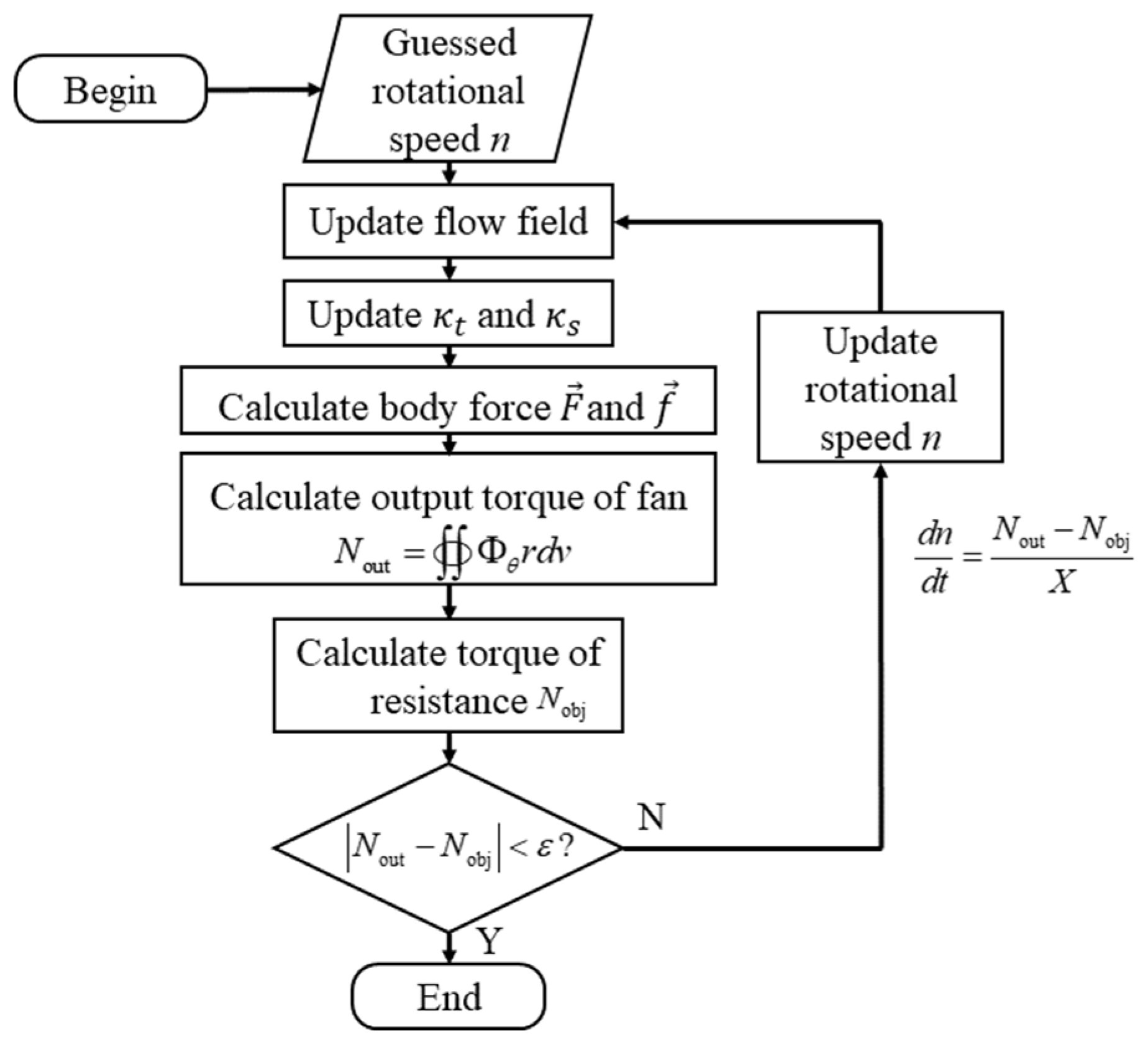
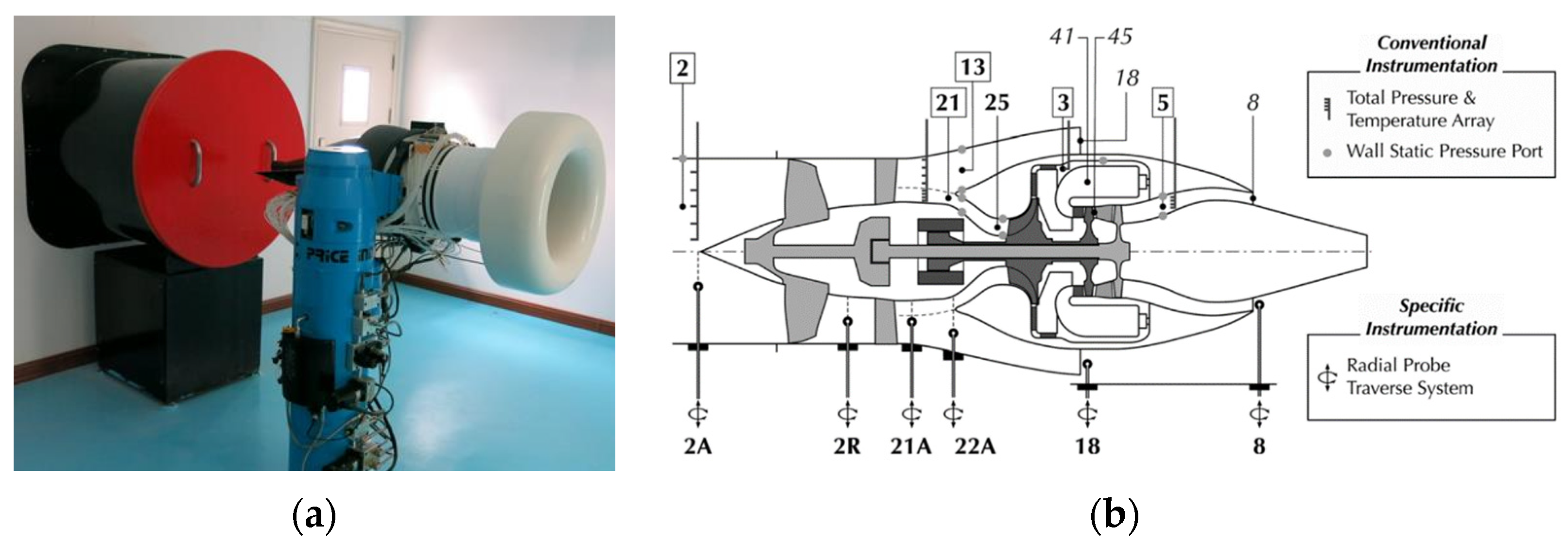
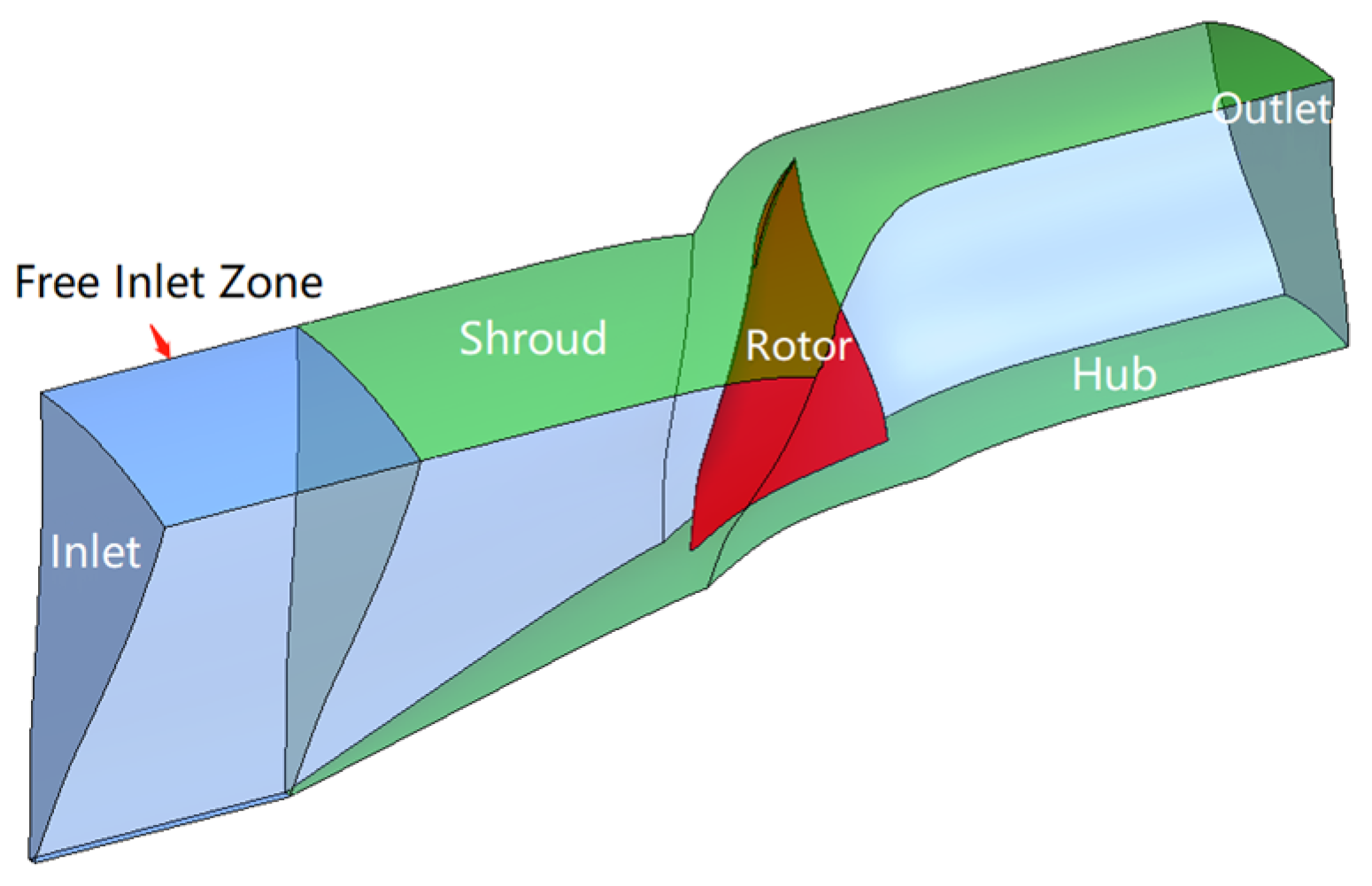
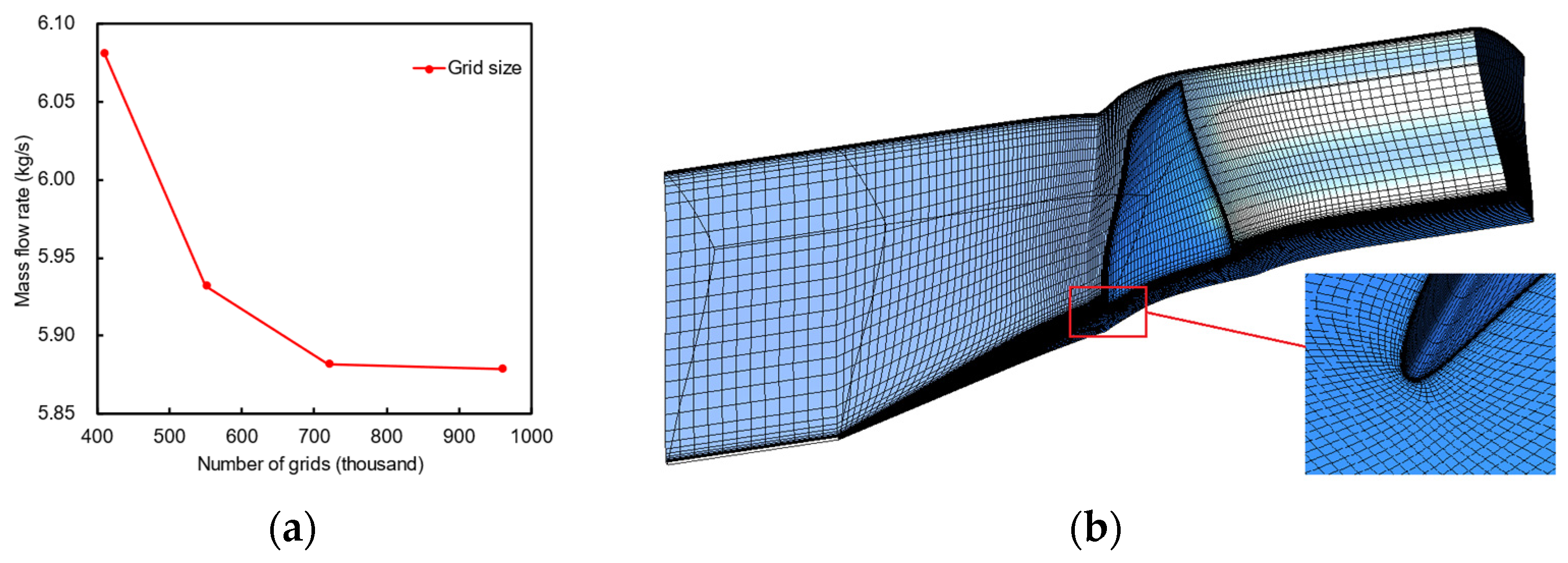


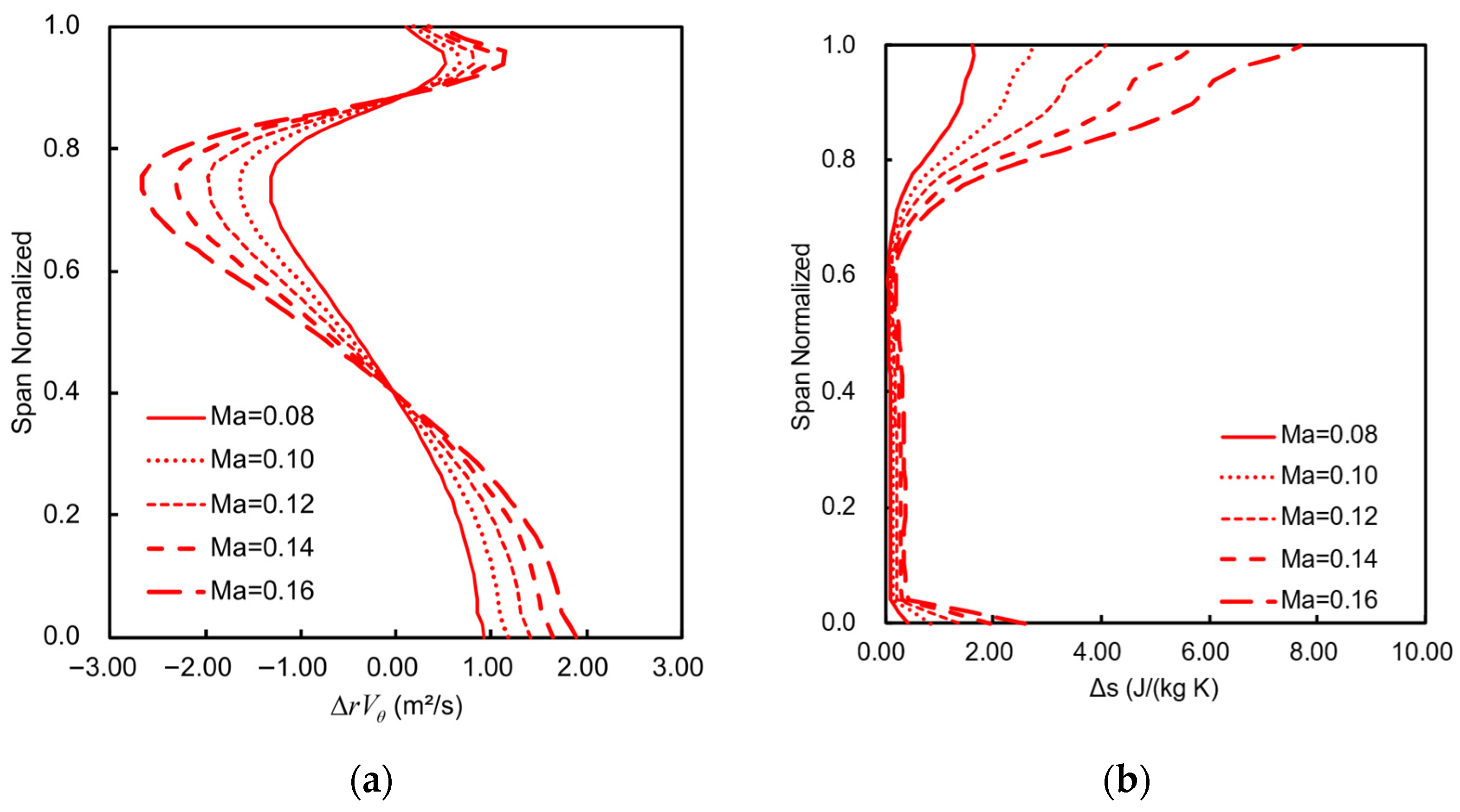
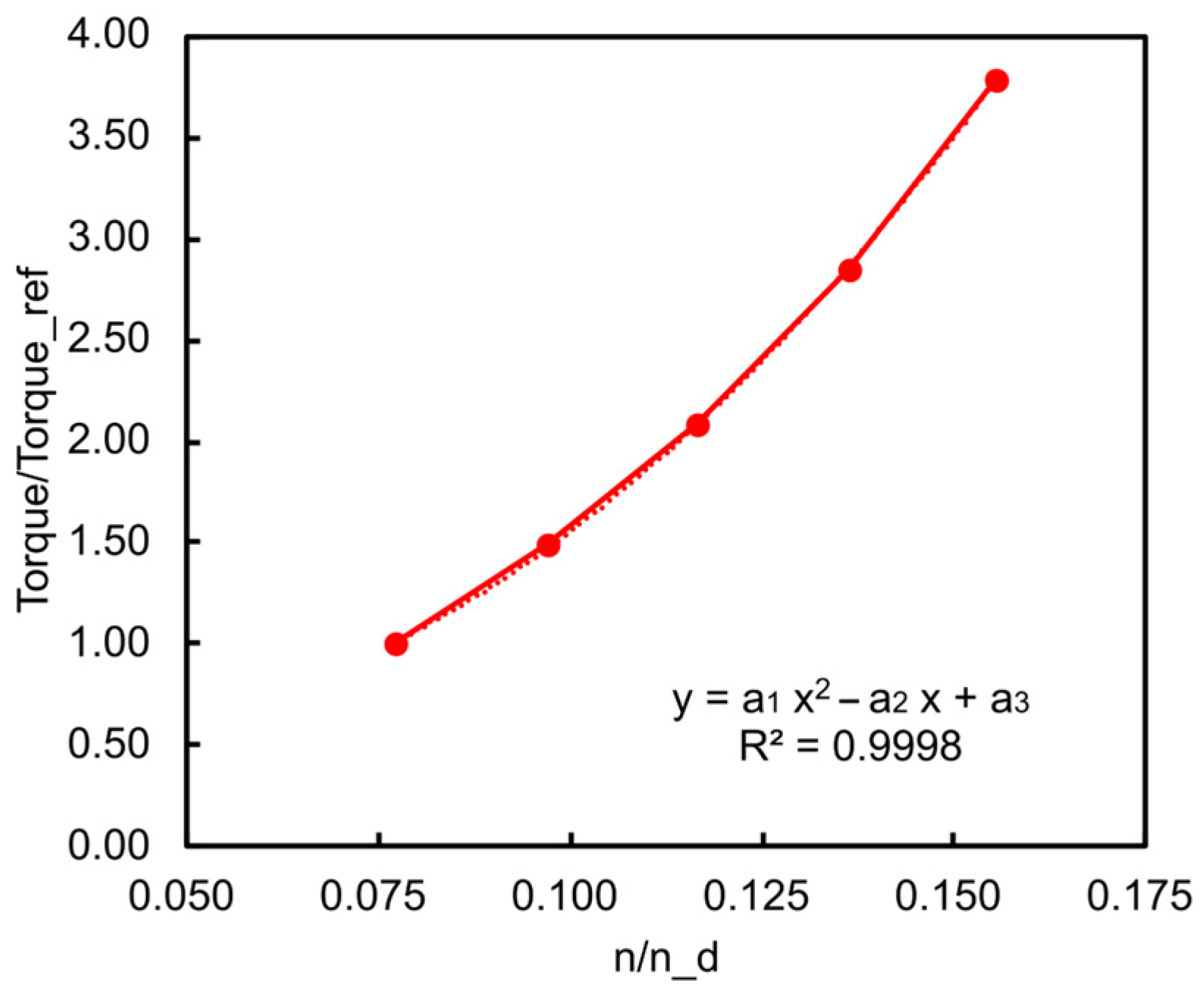
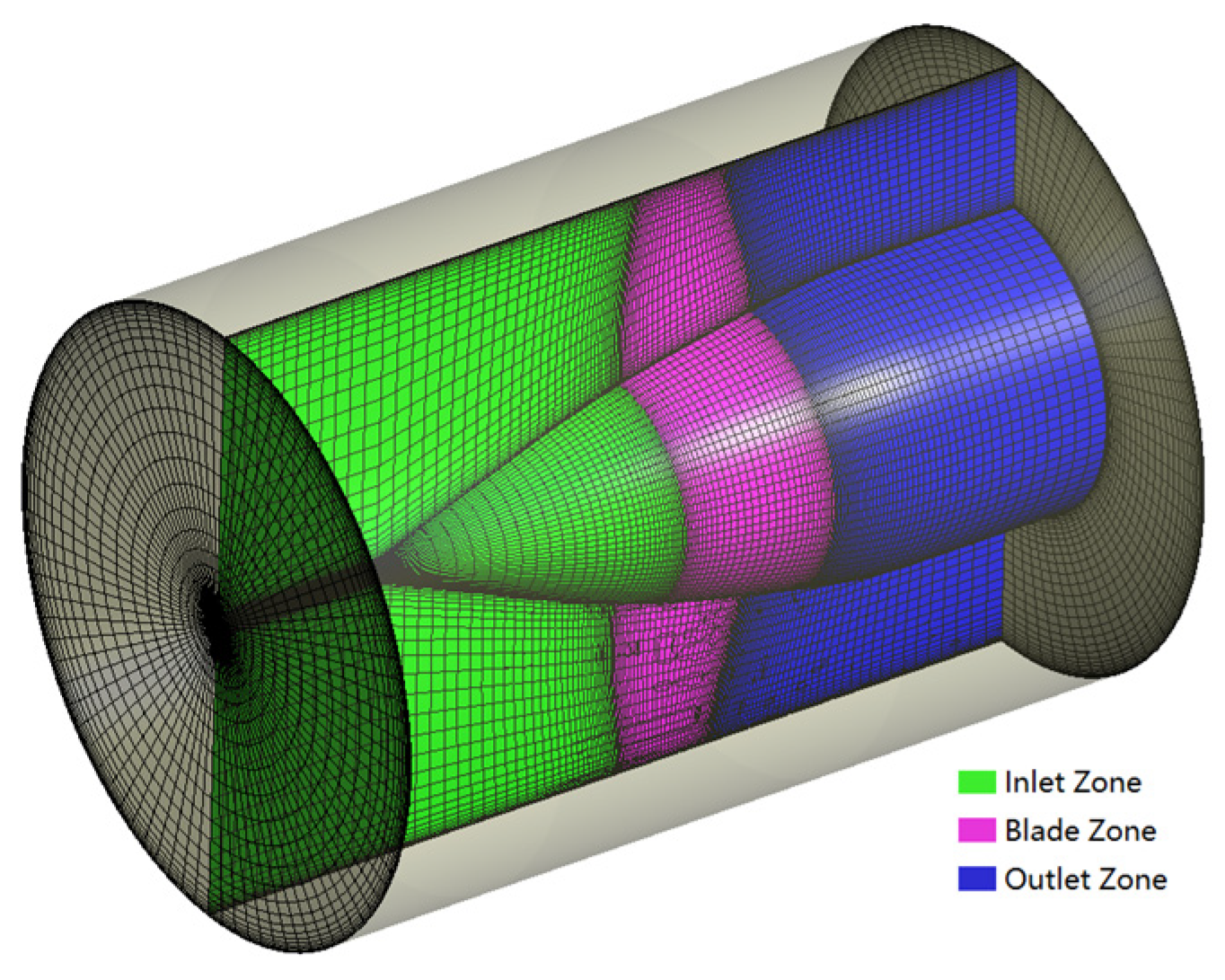
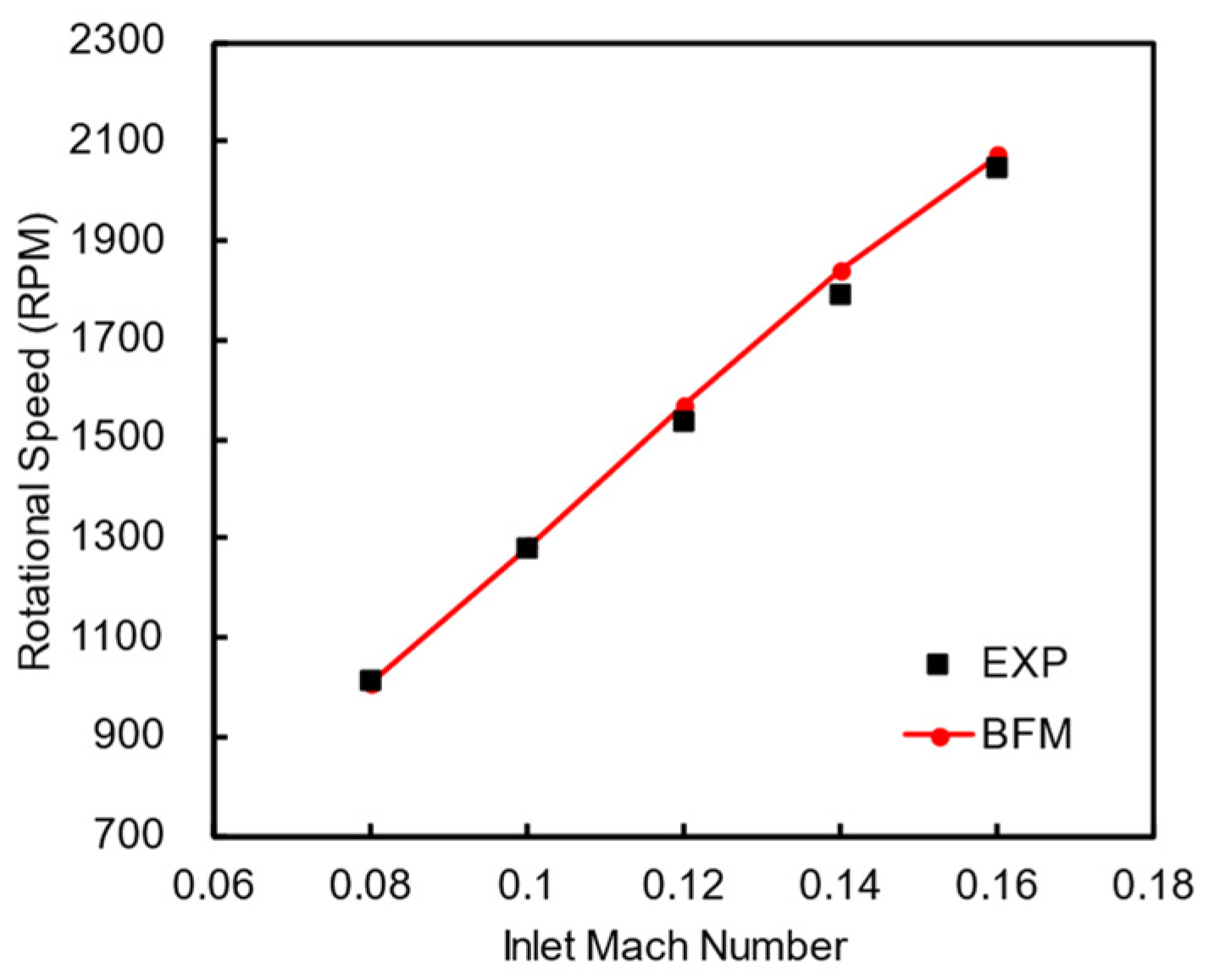
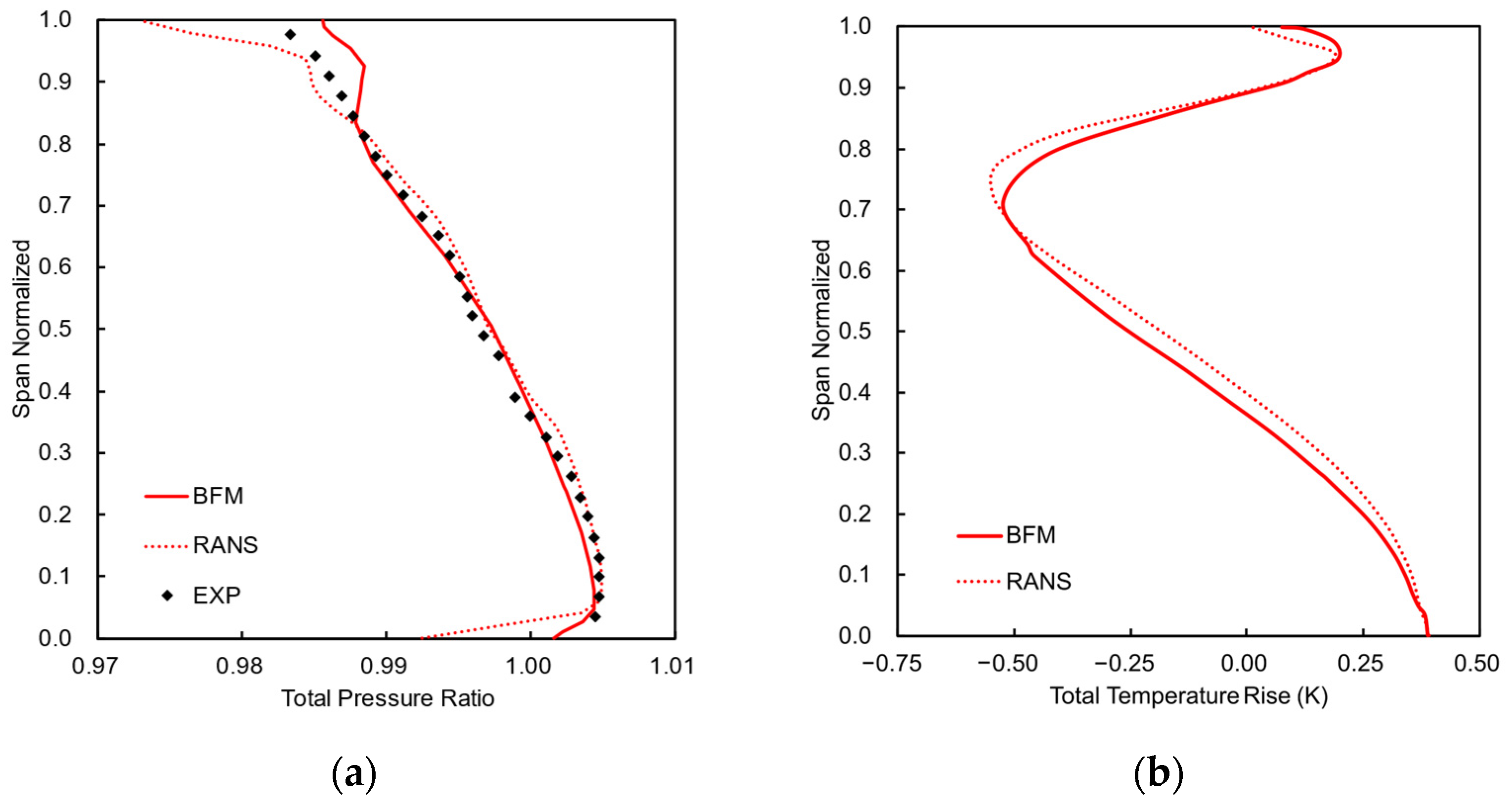
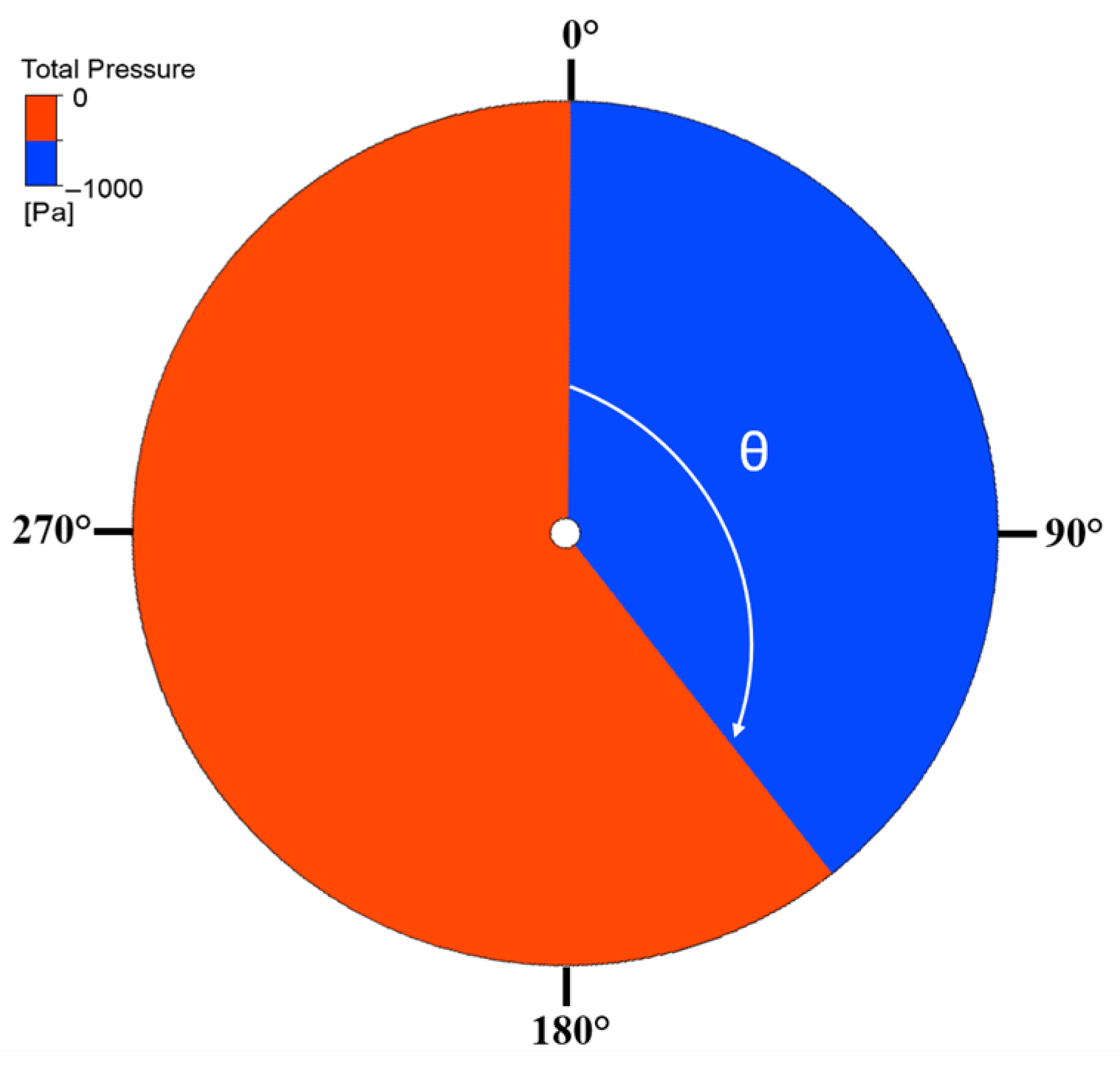
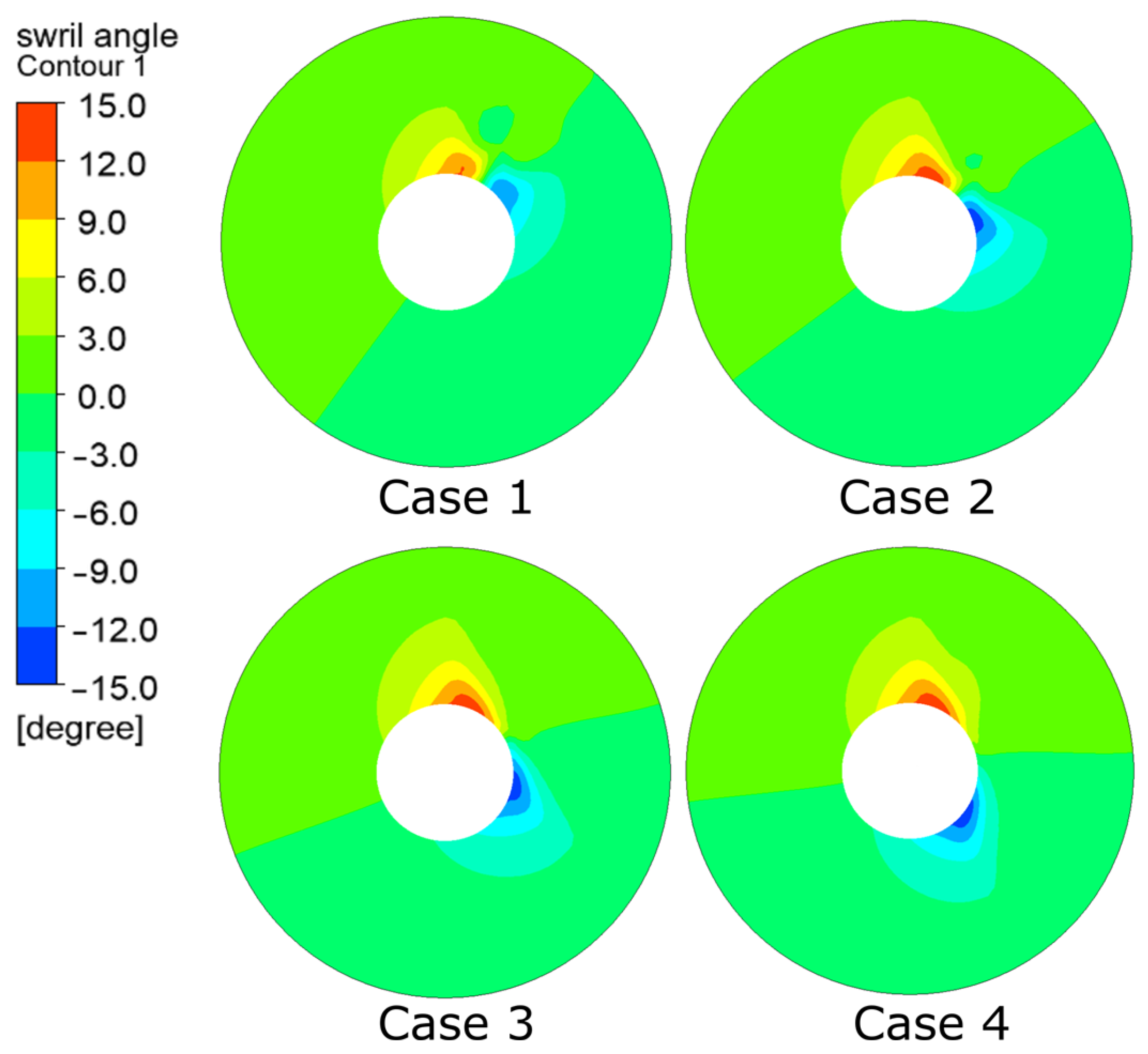


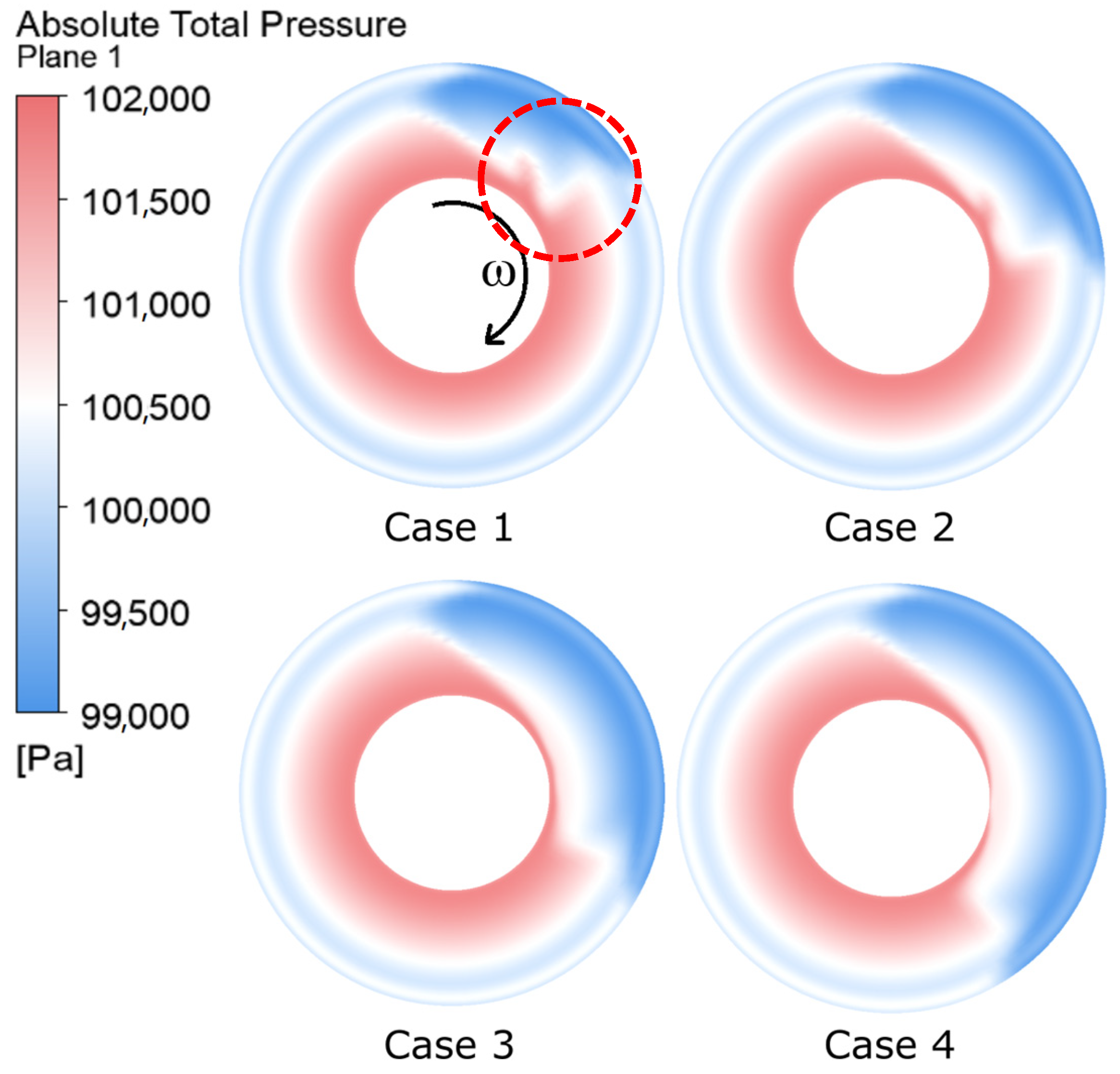
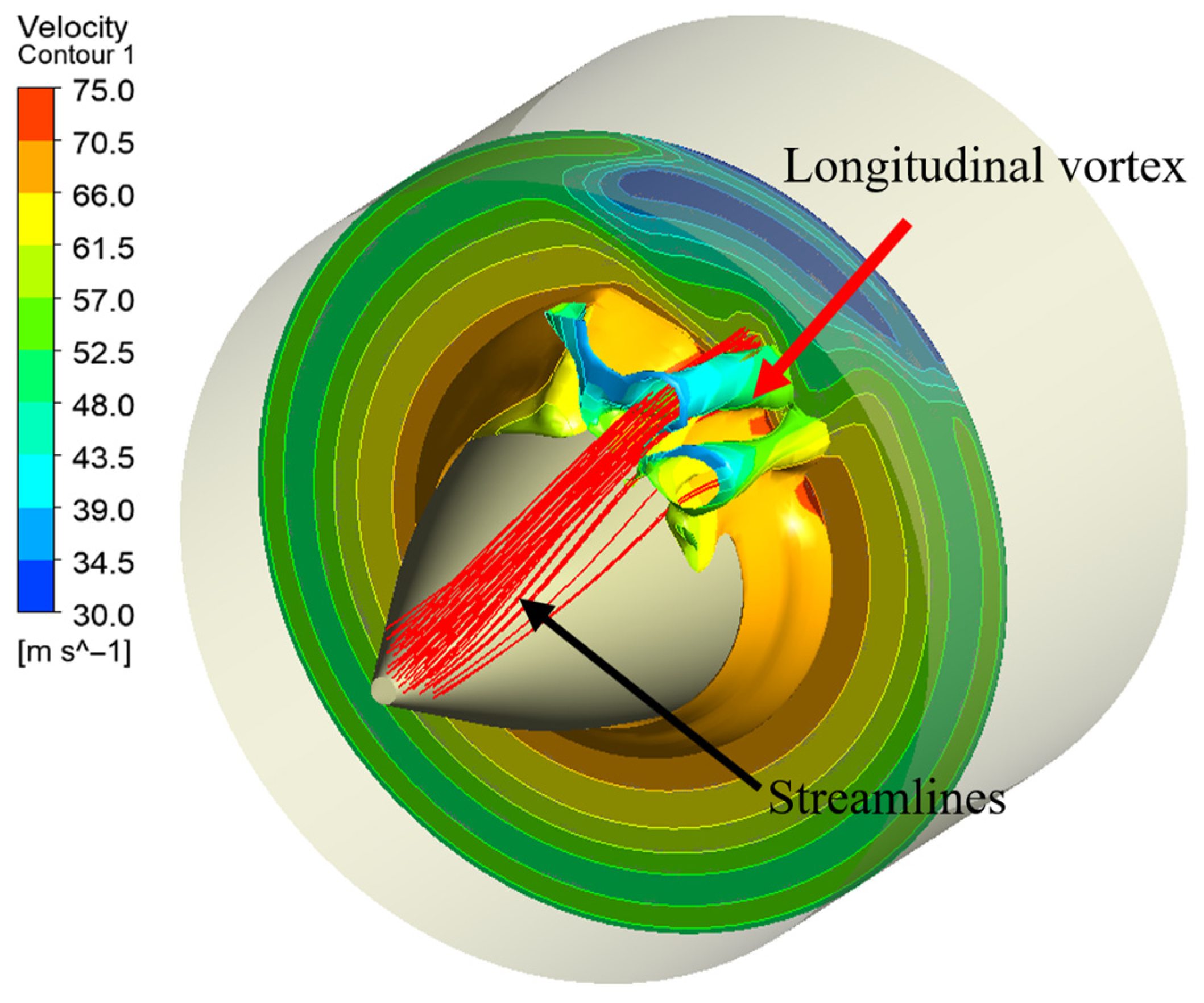
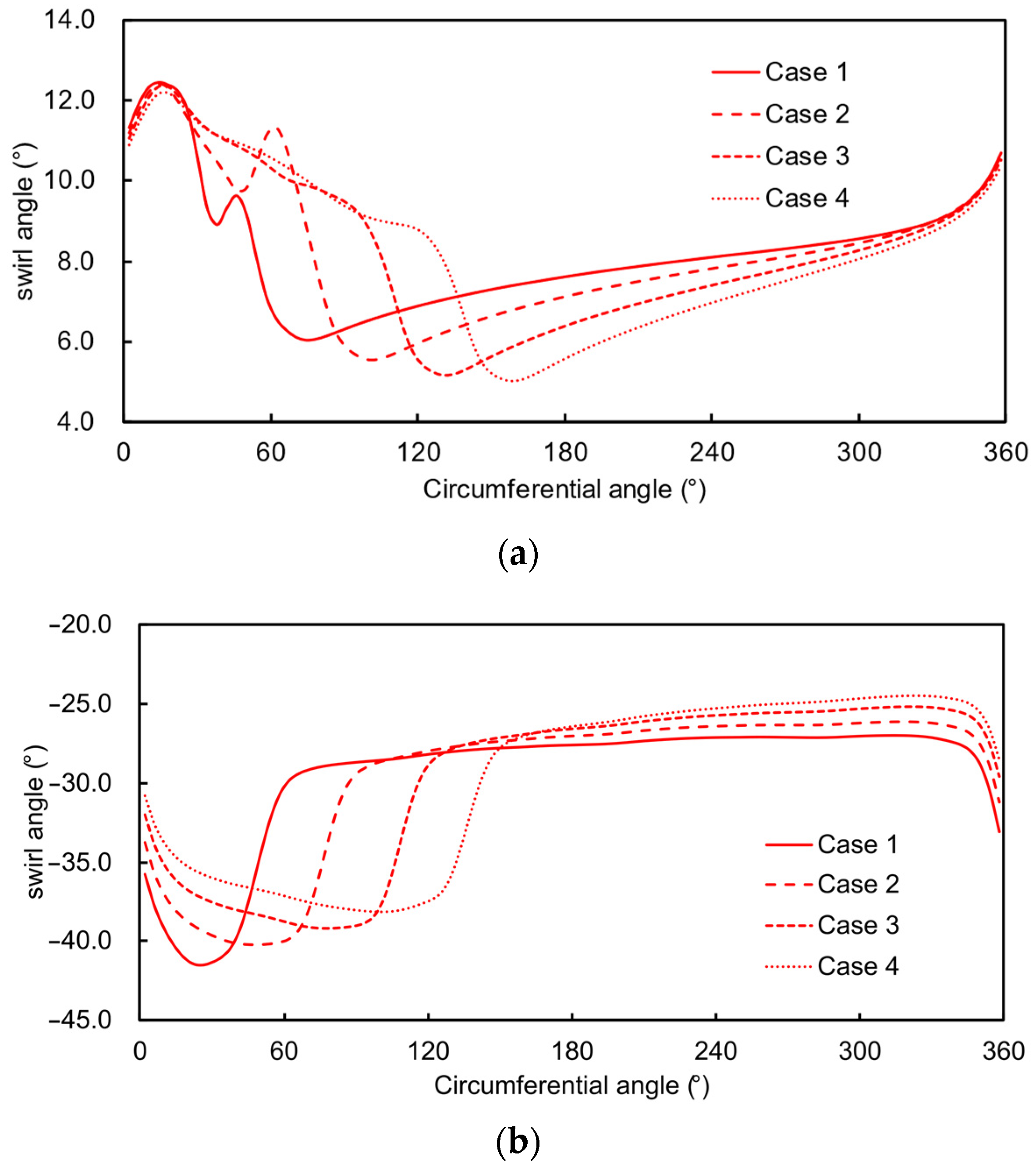
| Case | 1 | 2 | 3 | 4 |
|---|---|---|---|---|
| Distortion sector angle (°) | 60 | 90 | 120 | 150 |
| Rotational speed (RPM) | 1817.4 | 1787.5 | 1755.1 | 1726.6 |
| Mass flow rate (kg/s) | 5.00 | 4.93 | 4.85 | 4.78 |
Disclaimer/Publisher’s Note: The statements, opinions and data contained in all publications are solely those of the individual author(s) and contributor(s) and not of MDPI and/or the editor(s). MDPI and/or the editor(s) disclaim responsibility for any injury to people or property resulting from any ideas, methods, instructions or products referred to in the content. |
© 2023 by the authors. Licensee MDPI, Basel, Switzerland. This article is an open access article distributed under the terms and conditions of the Creative Commons Attribution (CC BY) license (https://creativecommons.org/licenses/by/4.0/).
Share and Cite
Kong, Q.; Jia, W. A Three-Dimensional Body Force Modeling of Fans in Windmilling Condition and Its Application. Aerospace 2023, 10, 724. https://doi.org/10.3390/aerospace10080724
Kong Q, Jia W. A Three-Dimensional Body Force Modeling of Fans in Windmilling Condition and Its Application. Aerospace. 2023; 10(8):724. https://doi.org/10.3390/aerospace10080724
Chicago/Turabian StyleKong, Qingguo, and Wei Jia. 2023. "A Three-Dimensional Body Force Modeling of Fans in Windmilling Condition and Its Application" Aerospace 10, no. 8: 724. https://doi.org/10.3390/aerospace10080724
APA StyleKong, Q., & Jia, W. (2023). A Three-Dimensional Body Force Modeling of Fans in Windmilling Condition and Its Application. Aerospace, 10(8), 724. https://doi.org/10.3390/aerospace10080724






